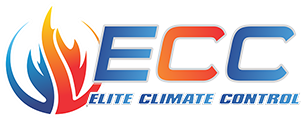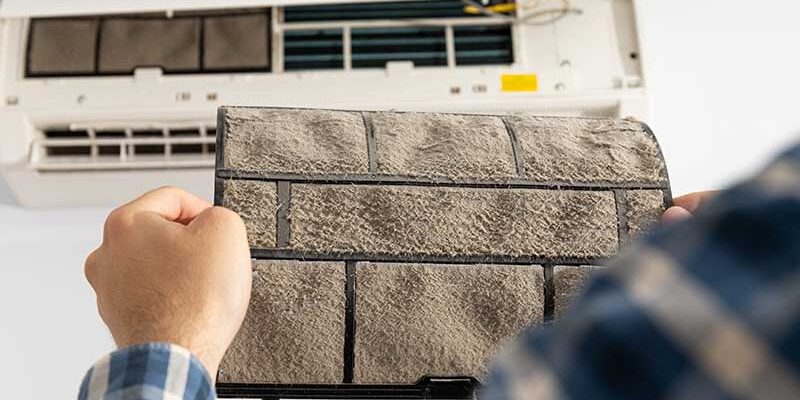Air conditioning is a need in many homes, particularly in areas where summers are hot and intolerable without a cooling system. However, maintaining an air conditioning unit is more than just making sure it cools your home properly; it is also about safeguarding your health. Dust accumulation within the unit can cause decreased efficiency and poor air quality, perhaps exacerbating respiratory disorders like asthma and allergies. Here’s how to keep your air conditioning system functioning smoothly and dust-free.
Filters should be replaced on a regular basis
Changing your air conditioning system’s filters on a regular basis is one of the easiest yet most efficient strategies to decrease dust. Air filters capture dust, pollen, and other airborne particles. These filters become clogged over time, restricting airflow and requiring your AC unit to work harder, which can result in higher energy expenditures and a shorter system life.
- How often? Check your filters every month, especially during peak usage seasons such as summer and winter. Replace them at least once every 90 days. If you have pets or a lot of dust in your home, your filters may need to be replaced more frequently.
- Choosing filters: While it’s tempting to go with the cheapest choice, higher-quality filters—such as those rated MERV 8 or higher—can trap tiny particles more effectively, improving your home’s air quality.
Cleaning AC Ducts
While replacing filters helps to keep dust from traveling throughout your home, cleaning the ducts is also essential. When the system is turned on, dust and debris can build up in the ducting and be blown into the home.
Professional Cleaning: Consider hiring a professional to clean your ducts every few years. They have the necessary gear and knowledge to complete a comprehensive job, especially if you have never had your ducts cleaned or live in an older home.
Service the AC unit
Regular maintenance by a professional can assist maintain the unit’s performance and spot early indicators of problems before they become costly repairs or replacements.
Annual Check-up: See a certified technician at least once a year. The optimal period is right before the peak usage season. This check-up should include an inspection and cleaning of the air handler, blower, coils, and drain line. The technician can also inspect for parts that require repair or replacement.
DIY maintenance tasks
Aside from expert maintenance, there are a few things you can do to assist maintain your air conditioning unit:
- Keep the Area Around the Unit Clear: Ensure that the exterior of your air conditioning unit is free of leaves, dirt, and debris. These can impede airflow, reducing system efficiency.
- Clean the Evaporator Coil: Use a soft brush to clean the coil, then spray it with coil cleaner, which is available at hardware stores. To prevent damage to the fins, carefully follow the directions.
- Check for air leaks. Make sure all windows, doors, and other spots where air could escape are tightly sealed. This keeps dust out and ensures that your air conditioner does not work harder than necessary.
Maintaining your air conditioner is more than simply providing comfort; it is also about establishing a better living environment and ensuring that your system performs properly for years to come. Regular maintenance operations, such as changing filters, cleaning ducts, and servicing the unit, can considerably reduce dust accumulation, improve air quality, and lower energy use. Keep these suggestions in mind for a cooler, cleaner home atmosphere.




